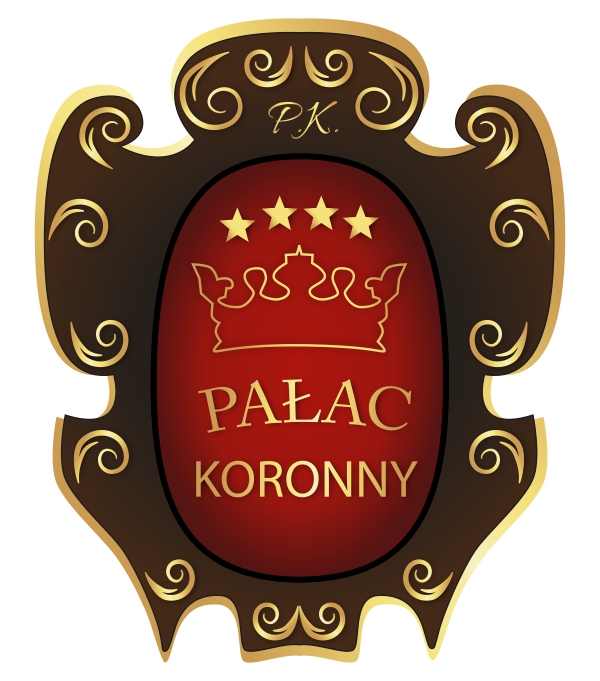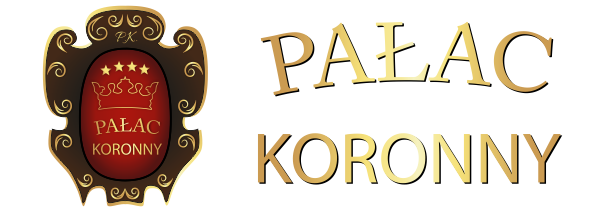ATTRACTIONS IN THE AREA
Attractions
Wodzisław is a charming town located in the picturesque Nidziańska Basin and the Krakow-Częstochowa Upland in the Jędrzejów district. Wodzisław (formerly Włodzisław) delights with its pristine nature, unchanged for centuries. You can fish for trout in the crystal clear waters of the Mozgawa and Mierzawa rivers, and the dense forests, rich in wild animals, encourage you to try your hand at hunting. This place was chosen as their habitat by beavers who build lodges on nearby rivers. The beauty of the Wodzisław land was already appreciated by Jan Chryzostom Pasek, an outstanding diarist of the Baroque era, who, having settled here in 1667, farmed and created until the end of his days. Residents and visitors even today visit the ponds where the writer's clever otter fished. The great memoirist got married in nearby Mieronice - in a church standing alone on a small hill. James the Elder, evoking the atmosphere of the late Middle Ages. Kajetan Wincenty Kielisiński, an outstanding graphic artist and illustrator, was also baptized there.
The past of Wodzisław is often intertwined with the history of the aristocratic Lanckoroński family - also known as the Wodzisławski family. Already in 1370, under the royal will, the town and the adjacent villages were donated to the knights of Przedbor and Pakosław, the progenitors of an illustrious family. Their Zadora (Płomieńczyk) coat of arms was recognized as the coat of arms of Wodzisław. Another Lanckoroński, Adam, appears in 1508, when, thanks to his efforts, Wodzisław was incorporated under Magdeburg law (in 1869, as a result of the reform of the tsarist authorities, it lost its city rights). Also in the 16th century, another representative of an aristocratic family, Jan, built a castle. The Crown Palace was built on the so-called remnant of the Lanckoroński estate. During the Reformation, specifically in 1613, a supporter of Catholicism, Samuel Lanckoroński, ordered the Calvinists to leave the city, and instead of the wooden church, he built a brick church, modeled on early Baroque Roman temples. The Lanckoroński family chose it as their family necropolis. This noble family was represented by (the late) Professor Karolina Lanckorońska - a patron of art and a zealous advocate of Polishness. She devoted herself to running the Lanckoroński Foundation, providing comprehensive support for Polish emigration and domestic institutions. The Foundation also supports the development of Polish science by providing scholarships for talented scientists in the fields of archaeology, history, art history, classical philology and history of philosophy.
A nature and historical path has been marked near the Crown Palace. prof. Karolina Lanckorońska. It leads through a beautiful, centuries-old idyllic forest that belonged to the Lanckoroński family from Brzezie before World War II. The local trees, protected as natural monuments, refer to their names of members of an aristocratic family.



